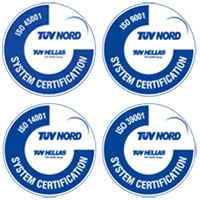
Travel Tips
Safe-driving tips
Driving on the motorway requires proper preparation and responsible driving behavior. Follow our advice for your own safety and our employees’ as well.
Tabs will be inserted here
News will be inserted here
Before your trip
- Check the fuels, the air pressure in your tires, the oil level, the operation of the Air Conditioning, the level of the coolant in the radiator and the windscreen washer reservoir level.
- Always carry a first aid kit with medicines and first aid items, a high visibility vest, an emergency triangle, a torch and a fire extinguisher.
- Load the car properly. Do not leave luggage in the back seats, so that no occupants are in danger in the event of sudden braking.
- Do not drive if you have consumed alcohol.
- Stock up with drinking water and snacks.
- GPS and charger will make your trips more comfortable
- In winter period, get snow chains, a blanket and gloves.
- Be informed about the weather conditions and any traffic regulations.
- Prefer to travel during the day and avoid traveling during extreme weather conditions.
- If riding a motorcycle, all riders shall wear helmets.
Driving
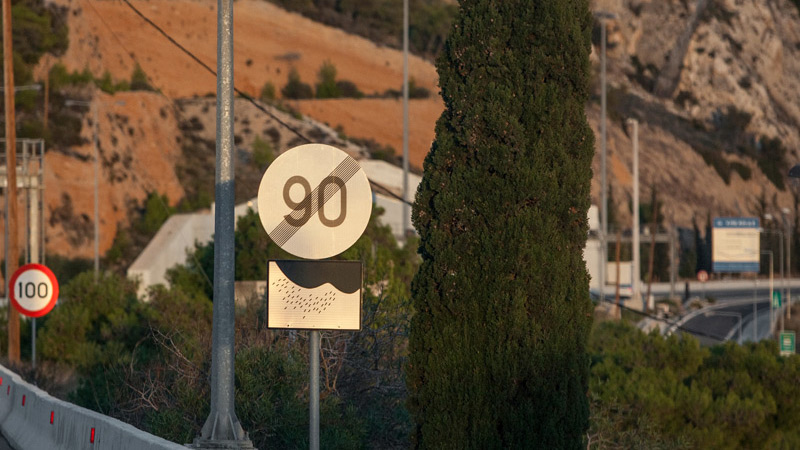
- Respect the speed limits and adjust the speed to the current conditions (e.g. weather conditions).
- Keep sufficient distance from the preceding road users.
- Pay attention to the messages on the Variable Message Signs and do not neglect road signage.
- Always drive carefully and avoid distractions (e.g. using a mobile phone).
- Always wear a safety seatbelt either in the front or back seats and keep children always in a child safety seat.
- Schedule breaks to rest.
Driving at night
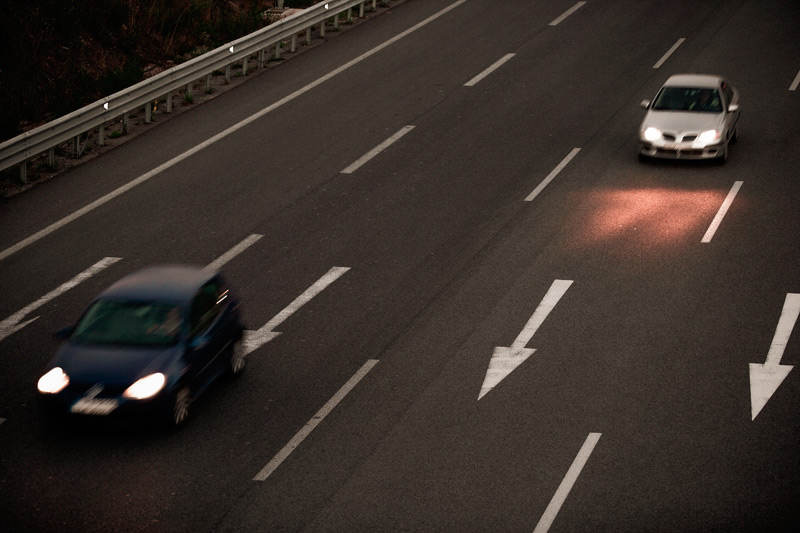
- Make sure the windscreen is clear, wipers and lights are working properly to get the best possible visibility at night.
- Use full beam headlights only if they do not disturb other drivers, otherwise use headlights.
- Even if you are driving alone on the motorway, observe the speed limit so that you can react in time to any sudden incident.
- If you feel tired (difficulty to concentrate, constant yawning, eyes closing, reduced reflexes, etc.), stop at the next parking area and take a break. Try to get a nap for 15-20 minutes.
Driving in snowy conditions
Before starting your trip
- Consult the weather forecasts, be informed about the conditions on the road network and avoid the peak of the weather phenomena. Travel only if it is absolutely necessary.
- Do not leave without your snow chains and unless you are absolutely sure that you know how to fit them to the tires. A pair of thin waterproof glove is required for fitting the chains.
- Take warm clothes, a blanket, water and food with you.
- Opt to travel during daylight hours.
- Check that your tires are in good condition and that their pressure is suitable for the weather conditions.
- Check the operation of your brakes and shock absorbers to avoid slipping on snowy or icy roads. Also remember to check your brake fluid level.
- Test your battery.
- Be sure that the vehicle’s radiator and the air conditioning are working properly and that you are equipped with a warning road safety triangle and a reflective jacket.
- Full your fuel tank up and top up your screenwash. Be sure that your wipers are working properly.
Driving in snow
- Accelerate gently and avoid abrupt changes of your speed.
- Keep calm, do not rush and drive slowly handling the steering-wheel smoothly.
- Decelerate gently and change to the lower gears gradually and avoid braking unless necessary.
- Make the task of the snowplows easier, by keeping safe distances. Do not overtake and do not block the road to snowplows.
- Always follow the instructions of the Traffic Police and the personnel competent for the operation of the Motorway.
How to fit snow chains
If the Traffic Police orders the compulsory use of snow chains, stop at the next parking area or Motorists Service Station (MSS) of the Motorway in order to fit the snow chains. Remember that snow chains:
- Shall always be fitted on the steering wheels, while in four-wheel drive vehicles are fitted on the front wheels.
- They are properly fitted when they appear to be and are properly tightened.
- When snow chains are fitted do not travel at speeds in excess of 40km/h.
 Video: https://youtu.be/g_ZaE8W6iOs
Video: https://youtu.be/g_ZaE8W6iOs
Driving safely in tunnels
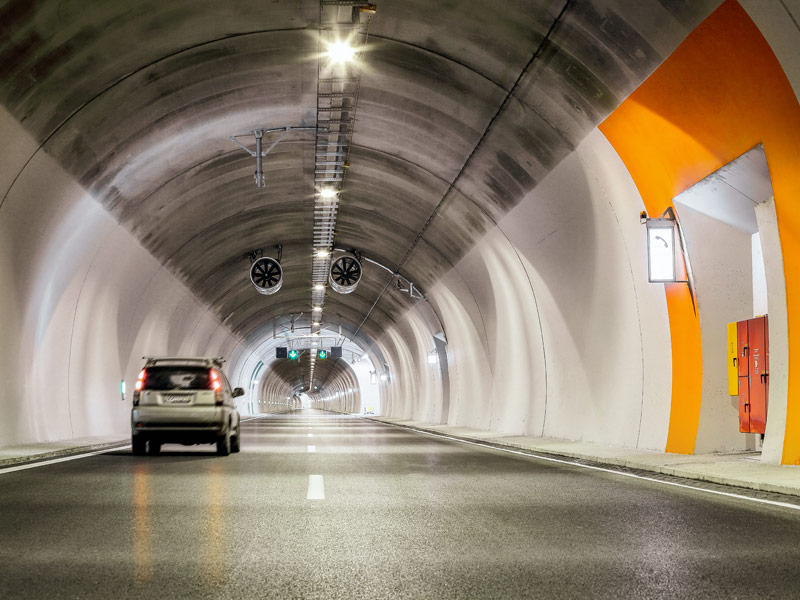
Olympia Odos has 29 tunnels of a total length of 26 km. approximately. Driving in a tunnel requires even more attention than driving on the open road. When driving in tunnels, follow these tips:
- Adjust your speed.
- Turn on the headlights and take off your sunglasses.
- Avoid unnecessary overtaking and keep sufficient distance.
- Pay attention to the signage and the variable message signs.
- Locate emergency cabinets, SOS lay-bys areas and emergency exits.
- In case of congestion, turn on the hazard warning lights.
- In the event of a breakdown, try to move your car to the nearest Emergency Lane or to the right-hand side of the road.
- Call for help from the Emergency Roadside Telephone.
 Inside the tunnels listen to the radio!
Inside the tunnels listen to the radio!
In the event of an incident, operators at the tunnel control centers of Olympia Odos can intervene on FM radio frequencies to broadcast instructions on what to do directly to the radio.
Find more information on safe driving in tunnels and what to do in an emergency in the following brochure:
 Watch the video on safe driving in tunnels: https://youtu.be/6CLrpTGbm38
Watch the video on safe driving in tunnels: https://youtu.be/6CLrpTGbm38
Emergency Lane (EL)
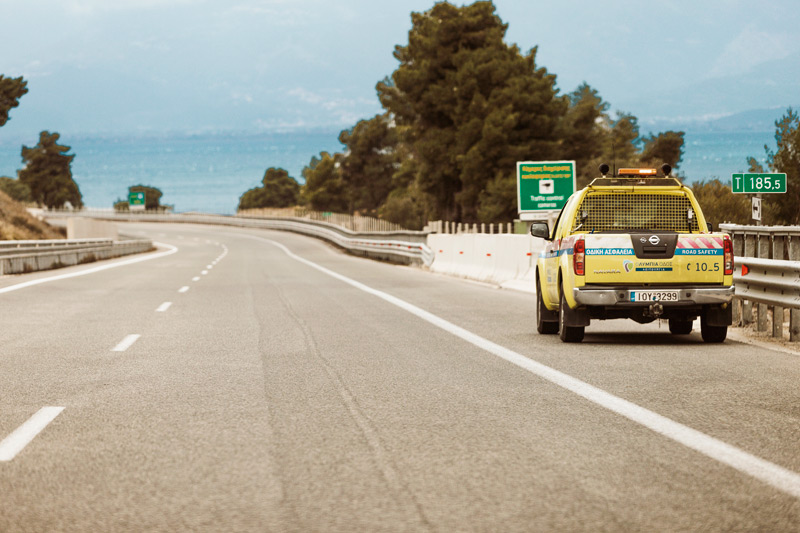
- The Emergency Lane is NOT a traffic lane.
- The EL ensures valuable time for ambulances, fire engines, patrol cars and highway vehicles.
- Stop on the EL only in case of emergency, or if the car is broken down or if ordered by the Traffic Police. Do not stop to get coffee, sleep, or take care of a pet, etc.
- If you need to stop on the EL, turn on the hazard warning lights, while all passengers shall exit on the right side and go, if possible, behind the safety barrier.
- Call 1025 for Road Assistance.
- The EL is monitored electronically by Traffic police.
1025 Emergency Telephone Number
If you are in an emergency and need help, call 1025
SOS Emergency Roadside Telephones on the motorway
In the event of a vehicle breakdown or any other emergency situation, you can contact the operators of the Traffic Management Centers via the SOS Telephones.
The emergency roadside telephones are orange in color and can be found along the entire length of Olympia Odos.
There are more than 650 SOS telephones:
- Approximately every 1.5 km on the open road;
- Every 150 meters in tunnels.
- In all parking areas of the motorway.
To use them, just press the emergency call button!
Although we all now have a mobile phone, in emergency situations the SOS telephones are still valuable so that we can provide targeted assistance immediately:
- By calling from the SOS telephones, the operator at the Traffic Management Center immediately receives the location coordinates of the telephone, so he/she knows exactly where you are.
- You can call for immediate help even if you have no units, no signal, your phone is out of order or you can't find it.
- In the event of an emergency inside a tunnel, it is preferable to inform the Traffic Management Center from the SOS telephones, as this makes it easier to locate the incident accurately and provide assistance quickly.
- This is the only way to contact the operators in case you have an international mobile phone number.
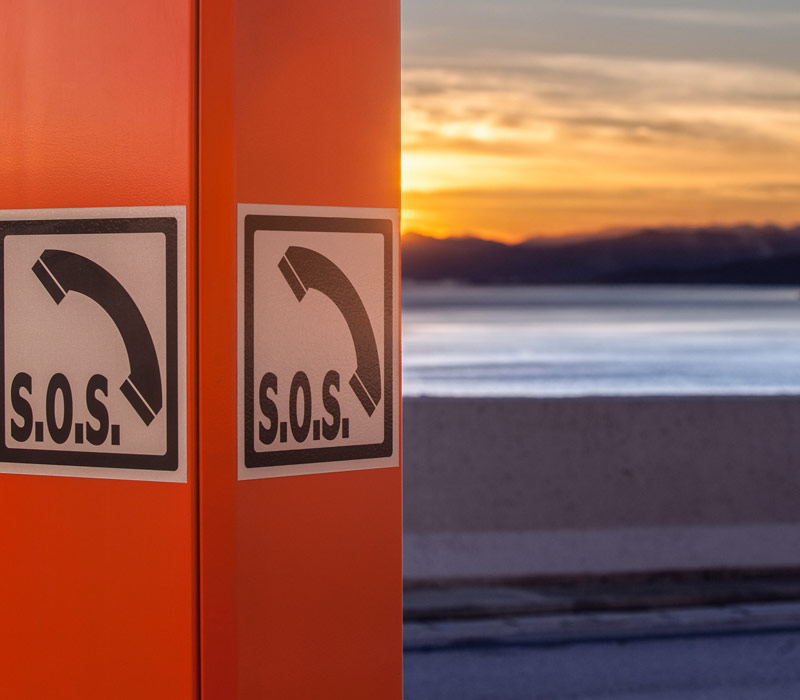
What information does the operator who answers your call need?
Once the operator answers, you need to provide the following information:
1. What is the purpose of your call.
2. In the event of an accident, indicate if there are any victims.
3. If you are calling from a mobile phone, indicate your location either by the mileage on the nearest sign or by describing the location (there may be typical infrastructure facilities nearby, such as bridges, service stations, etc.).
4. Indicate the direction in which you are traveling (towards Patras, towards Athens).
5. Describe your vehicle: make of vehicle, color, license plate, etc.
The Management Center will then contact the nearest patrol that will rush to your assistance and call the ambulances if necessary.
Our news
Read all our news, press releases and traffic arrangements.
Subscribe to our NEWSLETTER
to receive information about our actions and get the news of Olympia Odos!
Phone customer service
![]() 22960 95555
22960 95555
customercare@olympiaoperation.gr
Monday to Friday (08.00-18.00) and Weekends (10.00-18.00)
Emergency Phone
![]() 1025
1025
Phone customer service
![]() 22960 95555
22960 95555
customercare@olympiaoperation.gr
Monday to Friday (08.00-18.00) and Weekends (10.00-18.00)
Emergency Phone
![]() 1025
1025

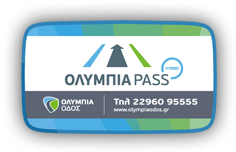
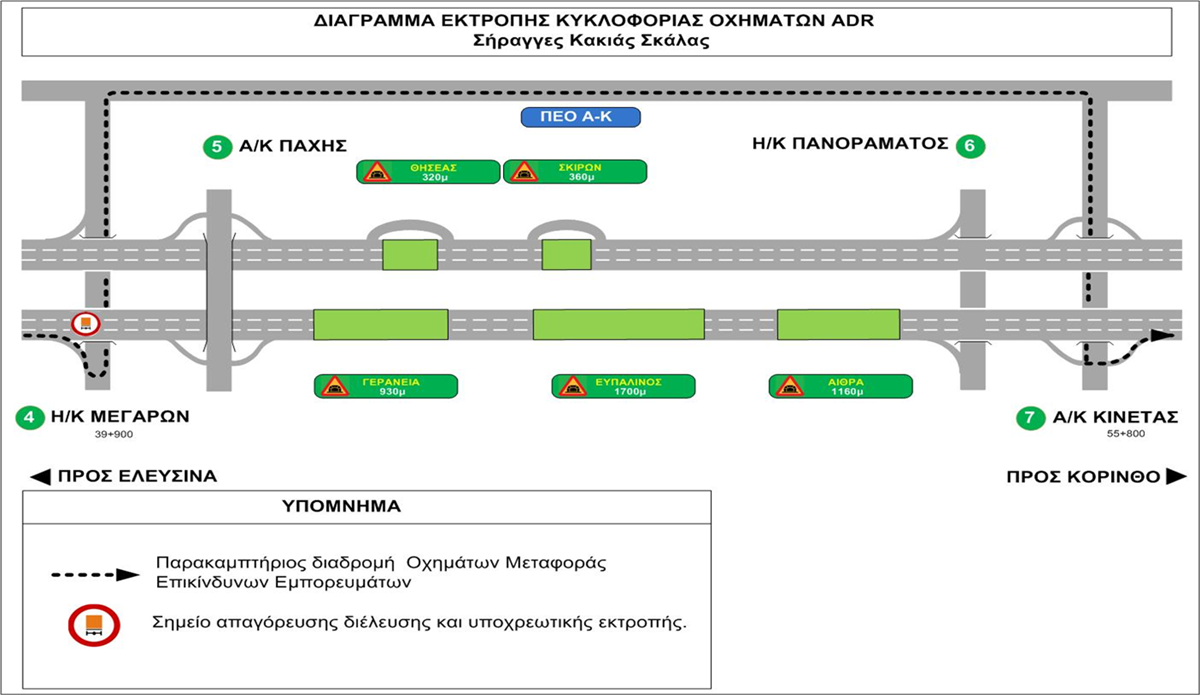
 Traffic Arrangement Reports
Traffic Arrangement Reports

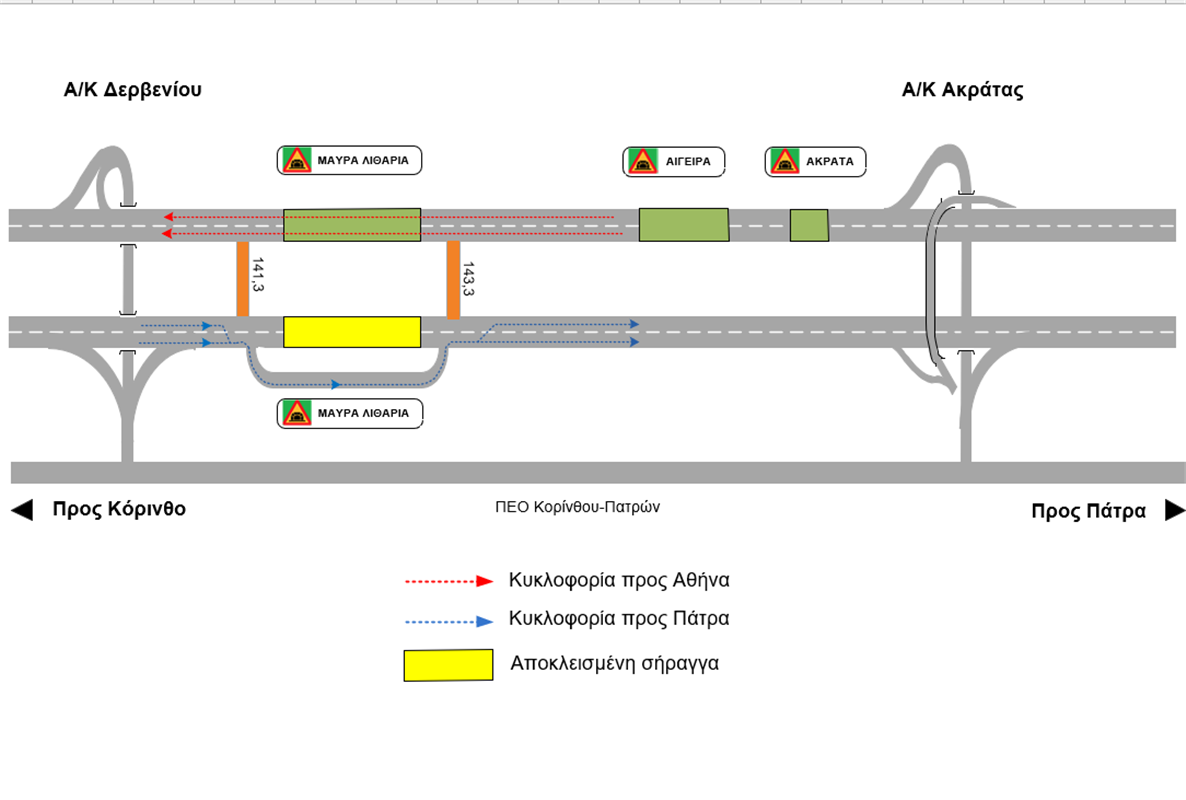
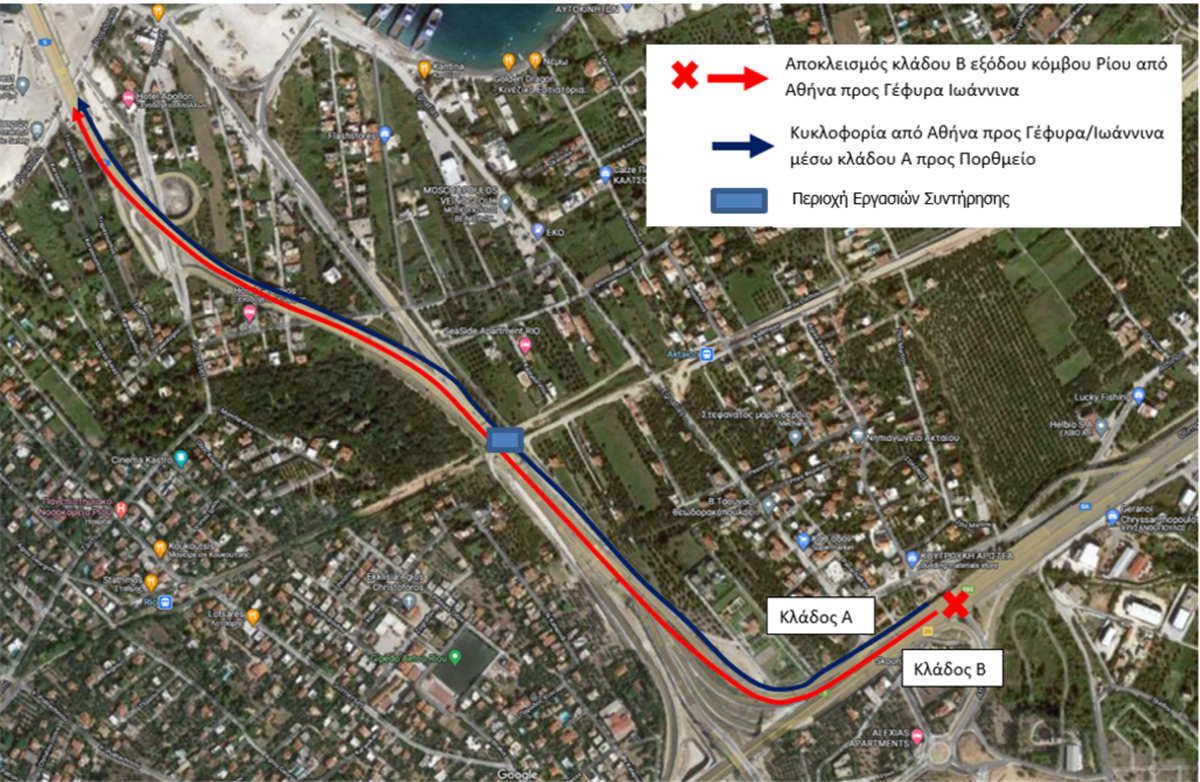

 Press Releases
Press Releases
